Rising Fuel Demand
The Petrol Station Market experiences a notable increase in fuel demand, driven by the growing number of vehicles on the road. As urbanization continues to expand, more individuals rely on personal transportation, leading to higher fuel consumption. According to recent data, the number of registered vehicles has surged, indicating a direct correlation with petrol sales. This trend suggests that petrol stations will likely see a sustained increase in foot traffic and sales volume. Furthermore, the demand for fuel is not limited to personal vehicles; commercial transportation also plays a significant role. As logistics and delivery services expand, the need for fuel at petrol stations becomes even more pronounced, reinforcing the industry's growth potential.
Increased Competition
The Petrol Station Market faces heightened competition as new entrants and established players vie for market share. This competitive landscape compels petrol stations to differentiate themselves through pricing strategies, loyalty programs, and enhanced customer service. The emergence of discount fuel retailers and supermarket petrol stations has intensified price competition, prompting traditional petrol stations to reevaluate their pricing models. Additionally, the focus on customer loyalty programs is becoming more prevalent, as petrol stations seek to retain customers in a crowded market. This competitive pressure may lead to innovations in service offerings and operational efficiencies, ultimately benefiting consumers through better prices and services.
Environmental Regulations
The Petrol Station Market is increasingly influenced by stringent environmental regulations aimed at reducing carbon emissions and promoting sustainability. Governments worldwide are implementing policies that encourage the adoption of cleaner fuels and the reduction of greenhouse gas emissions. This regulatory landscape compels petrol stations to adapt their operations, potentially leading to the introduction of alternative fuel options. For instance, the rise of biofuels and electric vehicle charging infrastructure reflects a response to these regulations. As consumers become more environmentally conscious, petrol stations that align with sustainable practices may attract a broader customer base, thereby enhancing their market position.
Technological Advancements
Technological advancements are reshaping the Petrol Station Market, enhancing operational efficiency and customer engagement. Innovations such as mobile payment systems and automated fuel dispensers streamline the refueling process, making it more convenient for consumers. Additionally, the integration of data analytics allows petrol stations to optimize inventory management and predict fuel demand more accurately. This technological shift not only improves customer satisfaction but also reduces operational costs. Furthermore, the rise of electric vehicle charging stations within petrol stations indicates a strategic adaptation to changing consumer preferences. As technology continues to evolve, petrol stations that embrace these advancements are likely to gain a competitive edge in the market.
Convenience Store Integration
The integration of convenience stores within the Petrol Station Market is a growing trend that enhances customer experience and drives additional revenue streams. Many petrol stations are evolving into one-stop shops, offering a variety of products and services beyond fuel. This shift caters to the changing consumer behavior, where customers seek convenience and efficiency. Data indicates that petrol stations with integrated convenience stores experience higher foot traffic and increased sales. By providing food, beverages, and essential items, petrol stations can capitalize on the opportunity to serve customers who may not only stop for fuel but also for quick shopping needs. This diversification strategy is likely to bolster the overall profitability of petrol stations.


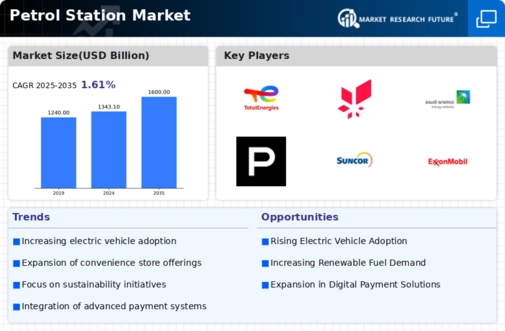
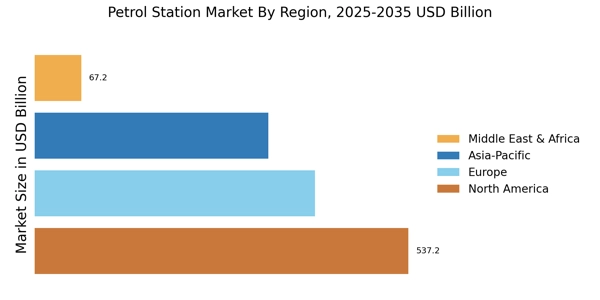
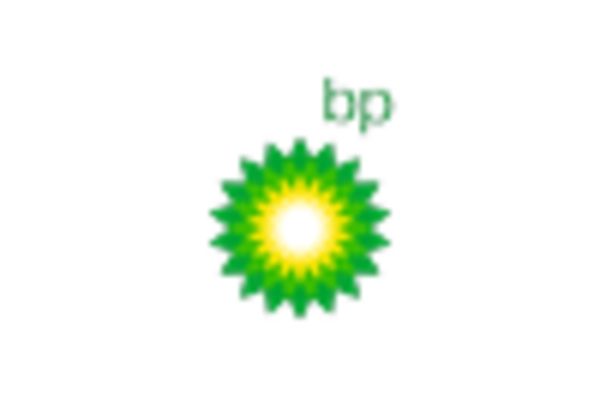
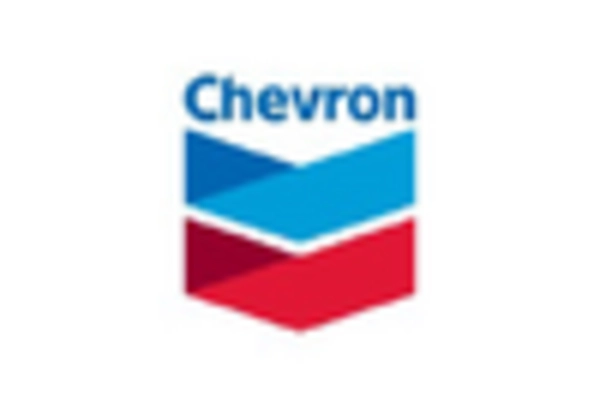


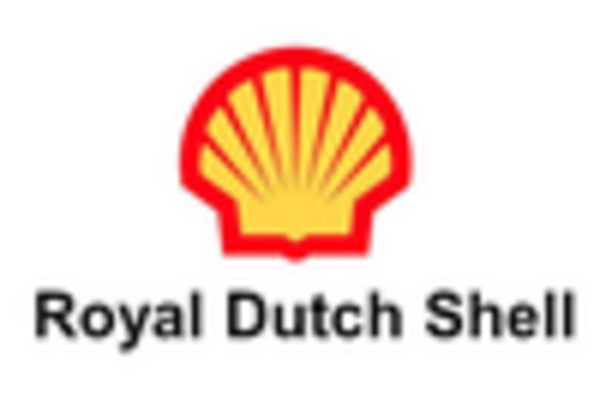









Leave a Comment